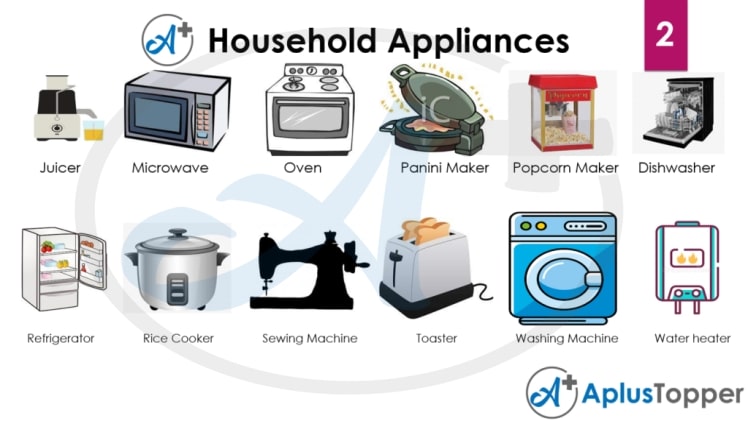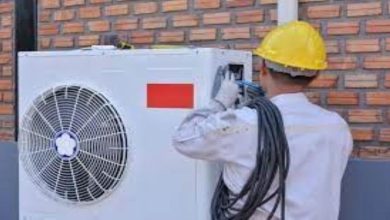What Are Home Appliances?

Home appliances are electromechanical, gas-powered, and electric appliances that are used in homes. They were introduced in the 20th century and helped eliminate the drudgery and time associated with housekeeping. While their impact on society was limited outside of urban areas, the invention of these items had a profound economic and social impact. Listed below are the types of appliances available today. To learn more, read on! Listed below are some examples of common home appliances.
Small appliances
Small home appliances have gained huge popularity in the world. Changes in consumer lifestyles have further boosted the growth of small home appliances. With the rise of e-commerce, consumers have become more tech-savvy and have shifted their lifestyles to more convenient and time-saving modes. Online platforms have several advantages including discounts, product variety, and easy exchange. The following are some of the factors contributing to the growth of small home appliances. Read on to learn about these factors.
Major appliances
The term major home appliances refer to large domestic and electric appliances. Most of these appliances are not portable but are necessary for routine housekeeping tasks. While some of these appliances can be used for more than just cooking, many are also primarily used for storage, cleaning, and laundry. This article aims to provide an overview of the most common types of major appliances. Read on for more information! Here’s a closer look! – What are major home appliances?
Built-in appliances
Freestanding and built-in appliances both offer some distinct advantages. Freestanding appliances can be installed by anyone with some basic DIY skills. Built-in appliances are generally more expensive and require a more professional installation and maintenance than freestanding models. They are also more flexible and can be moved from room to room if you need to move. In addition, freestanding appliances can be a great feature to add to any kitchen. The benefits of both types of appliances are described below.
Energy-efficient appliances
Purchasing energy-efficient home appliances will save you money in the long run. Most appliances used in a household use 20 percent of the energy consumed in the home. Energy-efficient models can last up to 20 years and use 50 percent less energy each year. In addition to saving money, energy-efficient appliances can protect the environment. Listed below are the benefits of purchasing energy-efficient home appliances. When making a purchase, choose appliances that are certified by the U.S. Department of Energy.
Energy consumption
The graph below shows the energy consumption of household appliances. The top 10 appliances are listed along with their percentage of total end-use energy. They are grouped by category: electric appliances, natural gas and propane lights, outdoor grills, and backup electricity generators. All these devices add up to 26.2% of the total energy usage in homes. Obviously, a household can’t live without all these devices, but there are ways to conserve energy without sacrificing convenience or comfort.
Read More: How to Make Your Door Lock More Secure
Cost of repairs
The average cost of repairs for home appliances varies. A technician might charge a flat fee or charge an hourly rate, depending on the type of appliance and its problem. After-hours and weekend service calls can cost as much as double the normal rate. In such cases, it’s best to look for a company that offers flat-fee service and guarantees 90-180 days of warranty coverage. However, there are other factors to consider.




